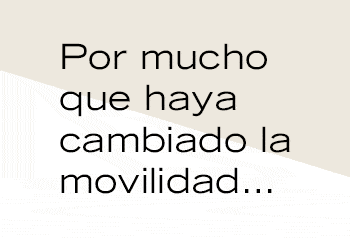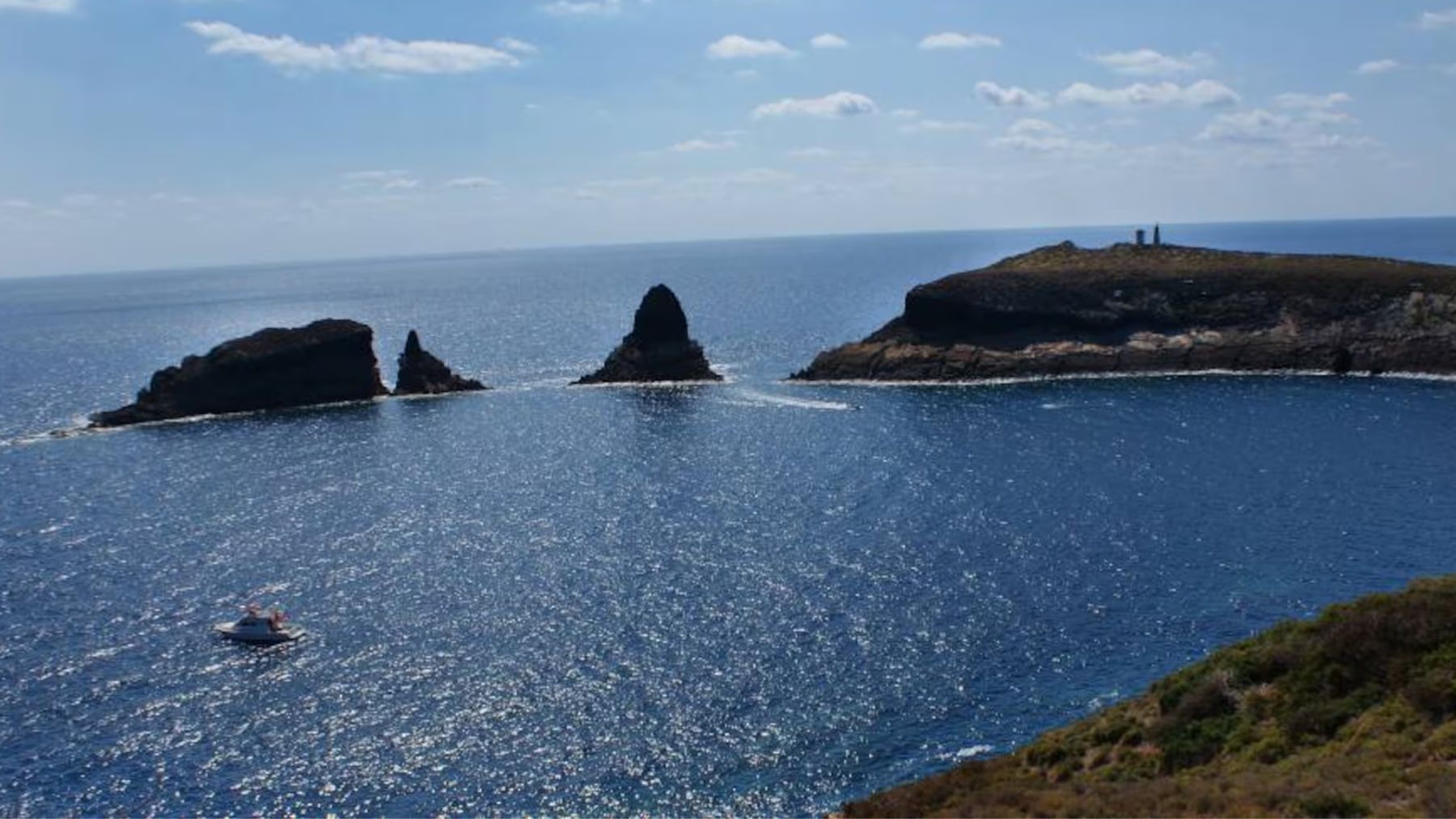After the surprising reversible hydroelectric power plant that appeared in Spain, a province of the European country is determined to do something unprecedented. It will convert water into 130,000 kW of energy. This project uses an innovative wave energy system, which uses the power of the waves.
The wave energy, or wave energy, It is the mechanical energy produced by the waves and converted into electrical energy. It is the kinetic energy of water, generated by the energy of the wind in its friction with the surface of water bodies.
This kinetic energy is converted into electrical energy using turbines, creating renewable and clean energy.
The history of using this energy has its origins in the 19th century, but real momentum began in the late 20th century. Currently, a large number of systems are being proposed to take advantage of different forms of wave energy. Among them we find the oscillation of the wave, the shock of the waves or pressure variations under the wave.
The general principle of this type of system is similar and consists of the design of devices that convert the kinetic energy of the waves into mechanical and then electrical energy. However, the design and implementation are highly variable and can be installed both onshore and offshore.

This province of Spain is making history: it converts water into energy
Castellon wants to be a pioneer in this Spain when implementing systems to obtain energy from waves. The study MasQueIngenieros and the company Rotating wave They aim to set up three pilot projects by 2025 through public-private partnership agreements with municipal councils and port authorities, using existing infrastructure and financing from public funds.
As reported in a statement, the project allows a production of 130,000 kilowatts per year, which equates to a consumption equivalent to 500 households per year.
Furthermore, this initiative can be extrapolated to any coastal city, although it is initially intended to be implemented in three lighthouse ports in the province. The initiators estimate a saving of 30,000 euros per year in energy and a reduction of up to 16 tons of CO2.
On that level it is Jorge Pi, engineer and founder of MasQueIngenieros (MQI)noted that “if all the coastal cities of the province of Castellón If this technology were implemented, so much electricity would be generated to meet the demand of municipalities such as Oropesa O Alcora”.
The province of Castellón It is one of the areas of Spain with more coastline, with a total of 140 kilometers of coastline and 16 coastal municipalities, “including major cities such as Castello de la Plana j Burriana and municipalities with great tourist relevance, such as Benicassim, Peñiscola and Vinarós“, emphasizes Pi.
Castellón uses wave energy to bring Spain to the top of sustainable energy
Wave energy consists of kinetic and mechanical energy that is converted into electrical energy through various techniques, depending on the type of technology used in each factory. “It is obtained from natural phenomena and is therefore a renewable and clean energy source,” he says.
It should be noted that wave energy is a relatively new type of energy. The first plant appeared in 2014 Perth, Australia. Still, the engineer said that “its great potential makes it one of the most promising energies for a zero-emission future.”
“Although there are similar pilot projects in development, such as the Port of Valenciathis is an unprecedented and innovative research project as it is only operational in countries like Portugal, Great Britain or China«, they reported. “So much so that it is a technology that has not yet been collectively implemented in any region in the world,” the promoter clarified.
Ultimately this province of Spain will do something unprecedented: convert water into 130,000 kW of energy. An important milestone for the European country after it covered the water with this.

